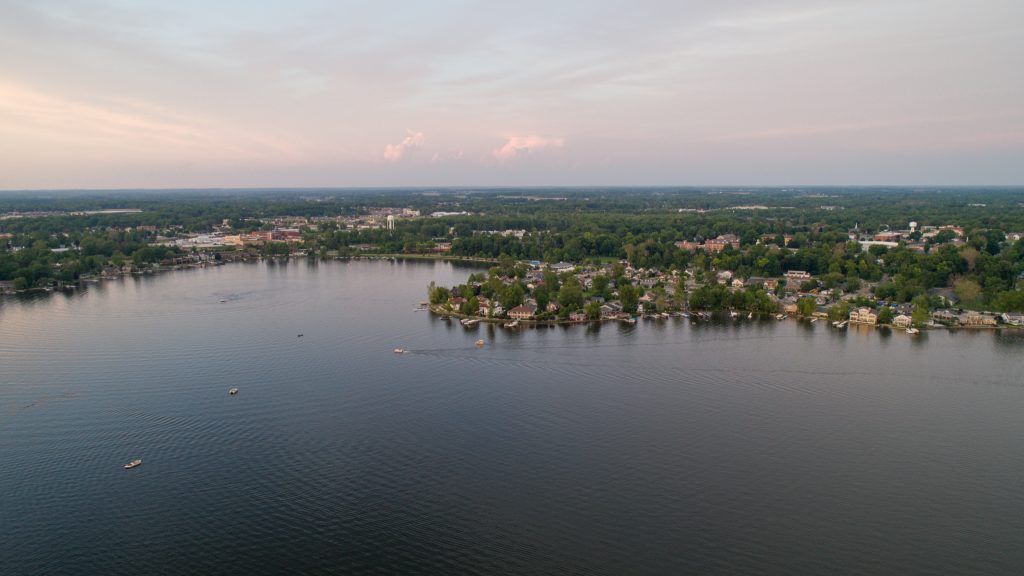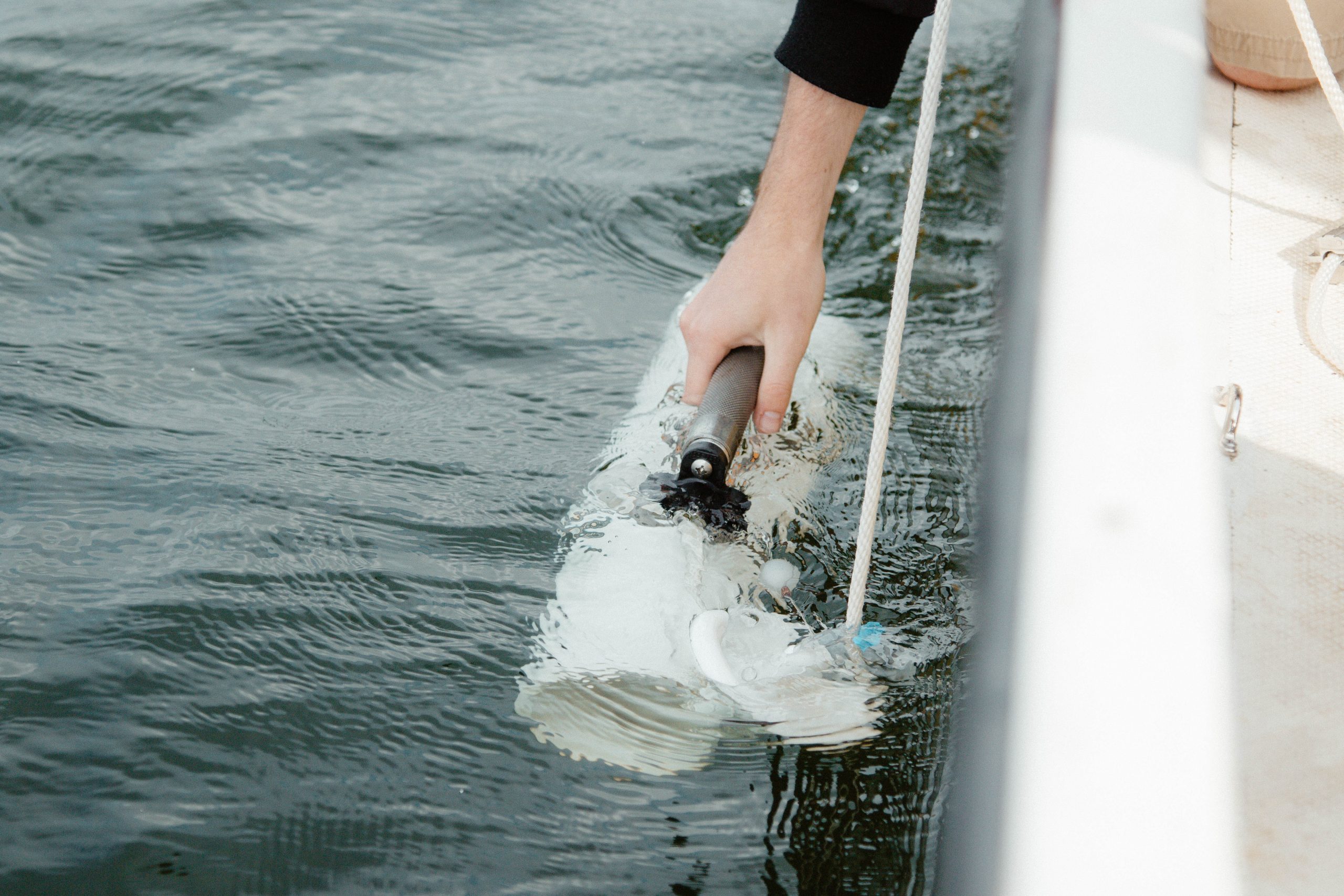So you’ve heard about “PFAS,” a.k.a. “Forever Chemicals”…
If you read human health topics in the news, you may have scrolled past a headline containing words “water pollution” and “forever chemicals,” or the acronym “PFAS.” Even if you read these articles, the topic can be confusing and concerning, especially here in lake-rich Kosciusko County. We’ve put together a PFAS FAQ so you can be in the know with locally relevant information.

What are PFAS chemicals?
PFAS stands for per- and polyfluoroalkyl substances, a name which describes the key chemistry of this family of man-made molecules. The many fluorine-carbon bonds in their structures equip PFAS chemicals with extreme stability in many conditions. This earned them the name “forever chemicals,” as once they’re in the environment, they do not naturally break down and can build up to damaging concentrations. They’re also difficult to filter out and break down in lab settings.
What are PFAS used for?
PFAS were designed in the 1940s and are still used today in a variety of industrial and consumer goods. Non-stick cookware, stain and water resistant fabrics for clothing and furniture, and cosmetics are common sources. Firefighting foams are also a key use.
Where are PFAS found as pollution?
PFAS have been found in the water, soil and air in a variety of places around the planet. PFAS have also been found in the blood of animals and humans around the world, at varying levels depending on exposure.
How do PFAS impact human health?
This question is still being investigated by government, academic, and private medical scientists. Some known potential health impacts by PFAS are: increased thyroid disease and cancer risk, increased cholesterol levels, negative impacts on fertility and fetal health in pregnant women.
How do PFAS impact plants, animals, and other aspects of the environment?
Because PFAS are persistent (meaning they don’t break down), they can build up in water and soils. From there, they can be taken up by plants and animals. This can lead to bioaccumulation, where each creature in the food chain is taking in more and more of a chemical because they eat other exposed animals. While health impacts on particular animals are still being studied, accumulation in food sources is an area of concern for human health.
What is the main route of exposure to PFAS?
Those that work in manufacturing or firefighting with PFAS-containing materials are at most obvious risk. The main exposure focus for the majority of people is drinking water.
Should I be concerned about PFAS in my drinking water here in Kosciusko County?
Indiana American Water in Warsaw is already testing drinking water sources for PFAS, and according to pages 10 and 17 of their 2020 Water Quality Report, the two most common PFAS compounds (PFOA and PFOS) weren’t detected in their samples. The Indiana Department of Environmental Management (IDEM) is also conducting testing. After two rounds of sampling in 2021 and 2022, they have not found any verified detections of PFAS in Kosciusko County community water systems. A third testing phase is currently taking place and results may be released later this year.
Should I be concerned about PFAS while enjoying local lakes?
PFAS exposure via water mainly occurs through drinking, not through the skin. We don’t recommend drinking lake water, but that’s for many reasons other than PFAS! Due to its exposure and accumulation pathways, lake recreation is not currently an activity of concern for PFAS.
Work is still being done all over the world to improve our understanding and ability to detect PFAS in people and the environment. Although PFAS has not been detected in Kosciusko County’s drinking water, our research team will continue to monitor work by the EPA, IDEM, Indiana American Water, and others to understand PFAS more fully as it relates to our lakes & streams. We will get new information to you as it becomes available!
To learn more about PFAS, here are additional resources:

What has the Lilly Center studied?
Many topics! Zebra mussels, blue-green algae, boating, the economic impact of lakes, and more.